Curtain walls are non-load-bearing exterior walls used in modern buildings to enhance appearance and performance.
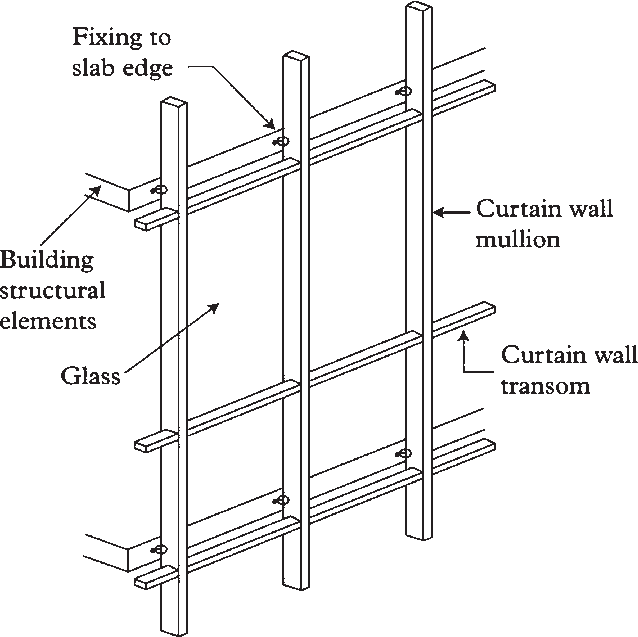
This guide explores essential curtain wall parts and how they impact strength, energy efficiency, and design.
Mullions

Mullions are the main vertical and horizontal framing members in a curtain wall system.
They support the weight of the glass or infill panels and help transfer loads to the building structure, forming the structural backbone of the façade.
Transoms

Transoms are the horizontal connectors between vertical mullions.
They distribute loads evenly and make it easier to install panels across multiple stories, maintaining the curtain wall’s structural integrity.
Supporting Frame
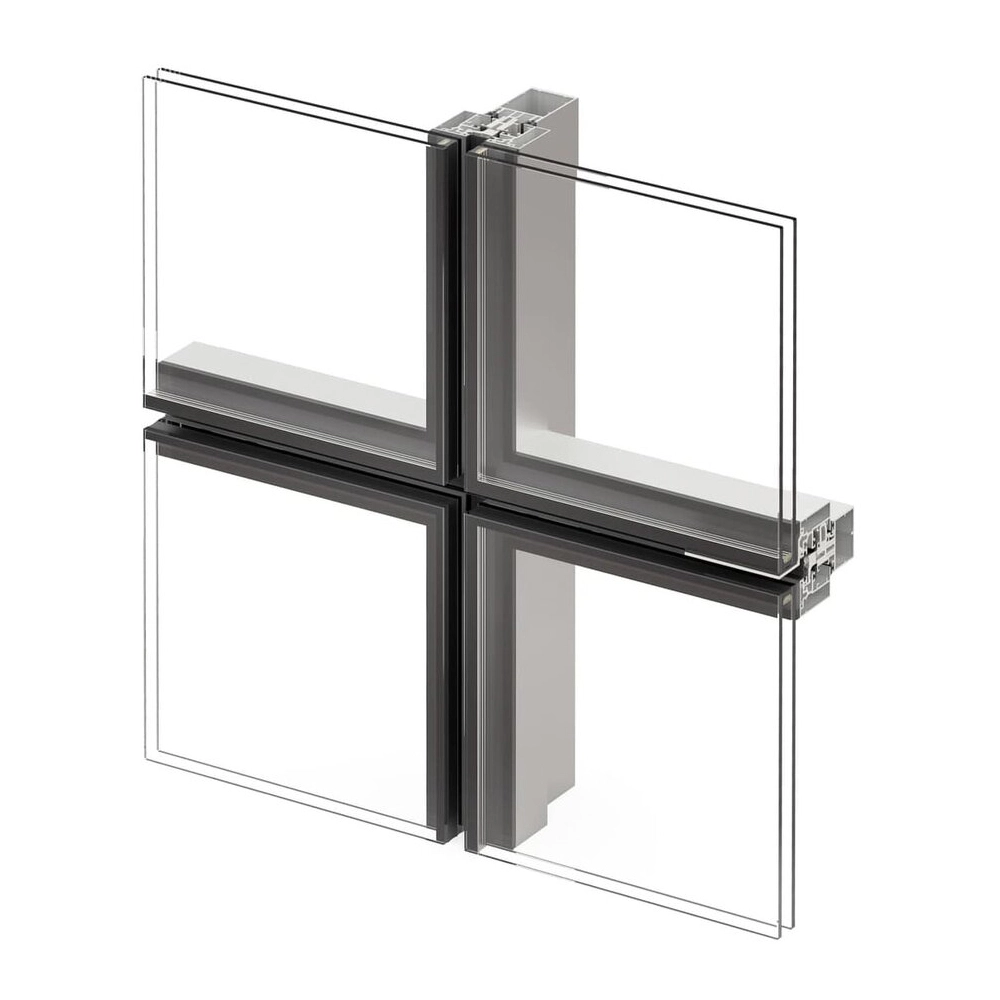
The supporting frame—typically made from aluminum or steel—holds the entire curtain wall system in place.
It provides rigidity, ensures proper alignment, and anchors all other components securely.
Anchors and Fasteners
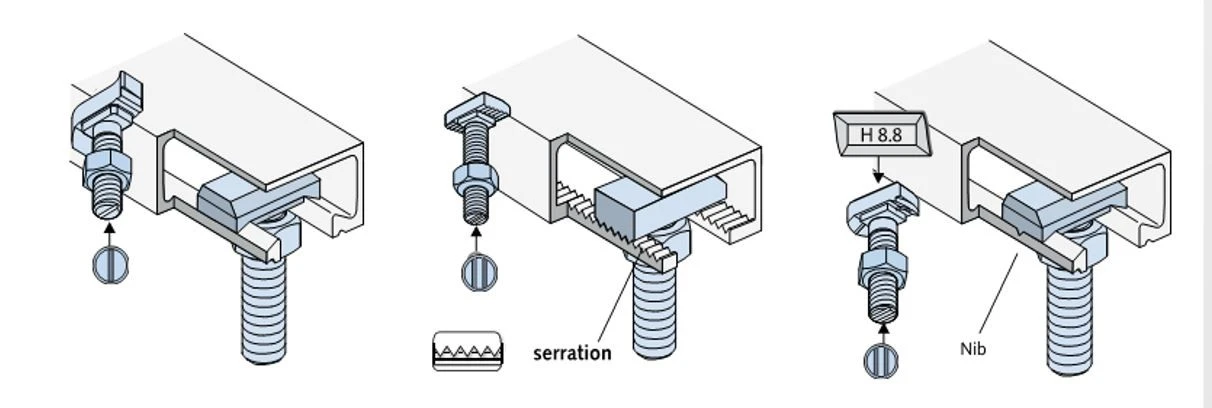
Anchors and fasteners are critical hardware elements that attach the curtain wall to the building’s main structure.
These ensure the system stays stable and safe, even under wind or seismic pressure.
Glass Panels
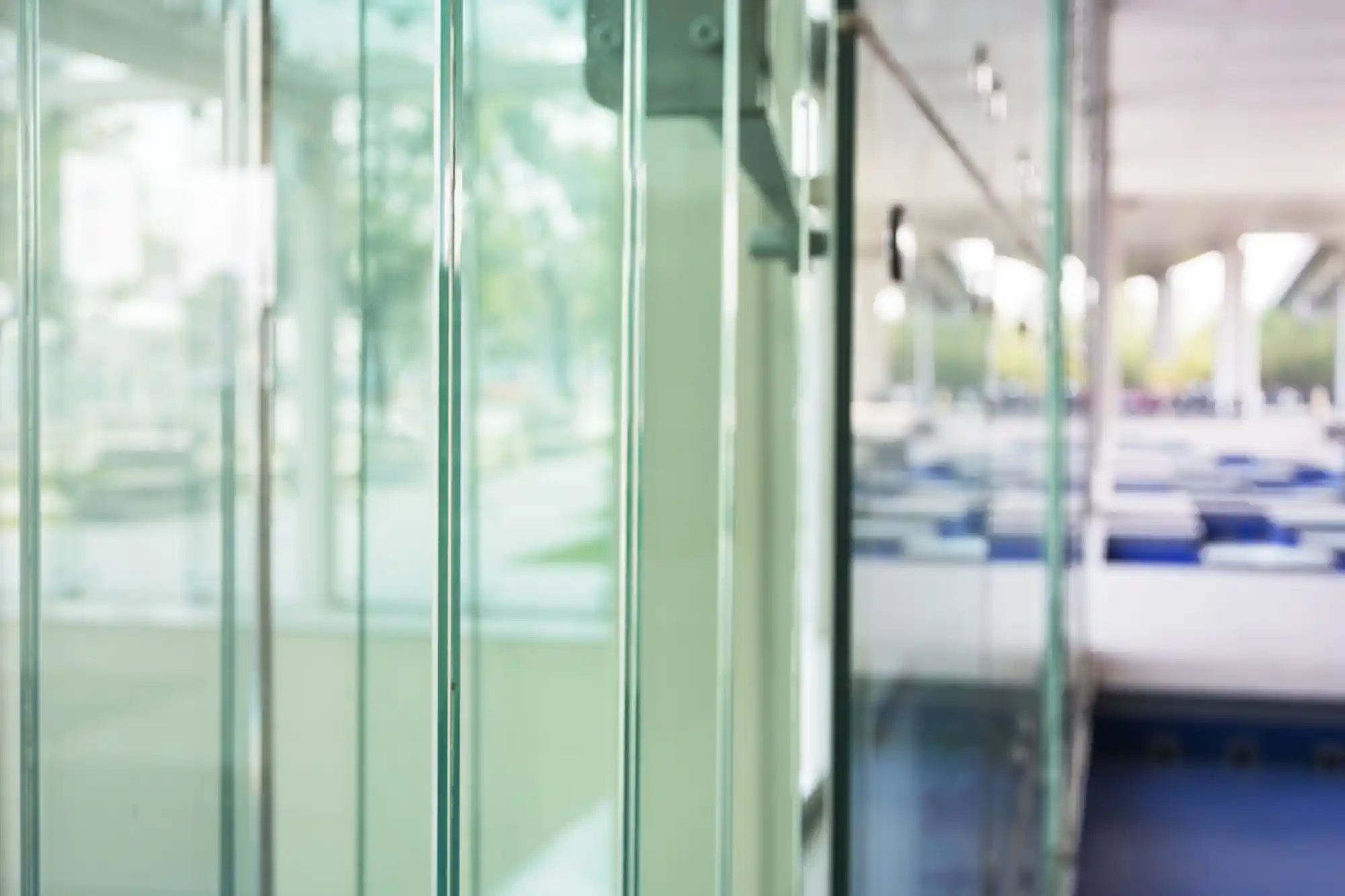
Glass panels are the most visible part of a curtain wall.
They can be clear, tinted, reflective, laminated, or insulated—offering both aesthetics and performance benefits like daylighting and thermal efficiency.
Spandrel Panels
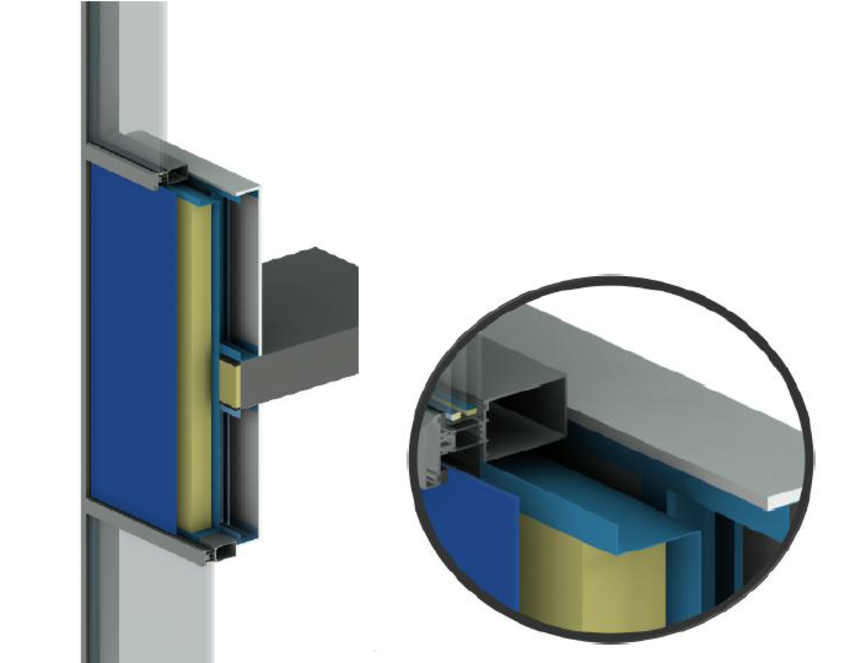
Spandrel panels are opaque sections that cover structural parts like floor slabs.
They’re often insulated and color-matched to blend with glass panels, maintaining a uniform exterior appearance.
Infill Panels
Infill panels are non-glass units made from materials like aluminum, stone, or composites.
They add visual variety to the curtain wall while enhancing insulation, durability, and weather resistance.
Gaskets and Sealants
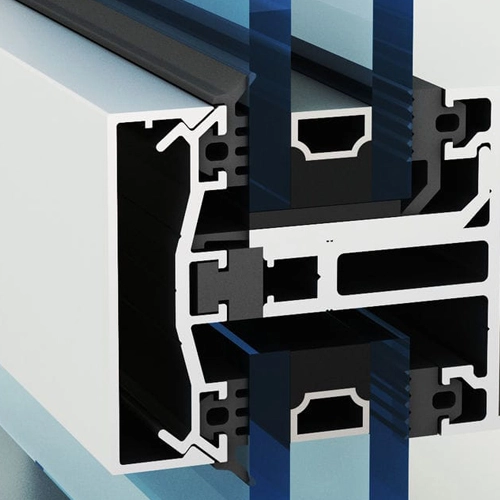
These essential components help keep your curtain wall system airtight and watertight.
Made from silicone or rubber, they seal the joints between glass panels and the frame to prevent air leaks and water intrusion.
Thermal Breaks

They stop heat from passing through the metal, making your building more energy-efficient and comfortable all year round.
Pressure Plates and Cover Caps
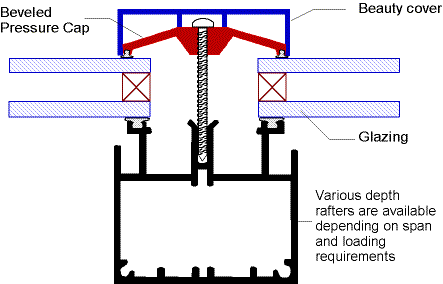
Pressure plates hold the glass panels firmly in place, while cover caps snap over them to protect the edges and create a clean, finished look.
Together, they boost both safety and design appeal.
Conclusion

Curtain wall parts like mullions, panels, seals, and frames each play a critical role in supporting structure, boosting energy efficiency, and enhancing aesthetics. Choosing the right components ensures lasting performance.
Need help planning your curtain wall system?
Reach out to our team for expert advice and customized solutions.

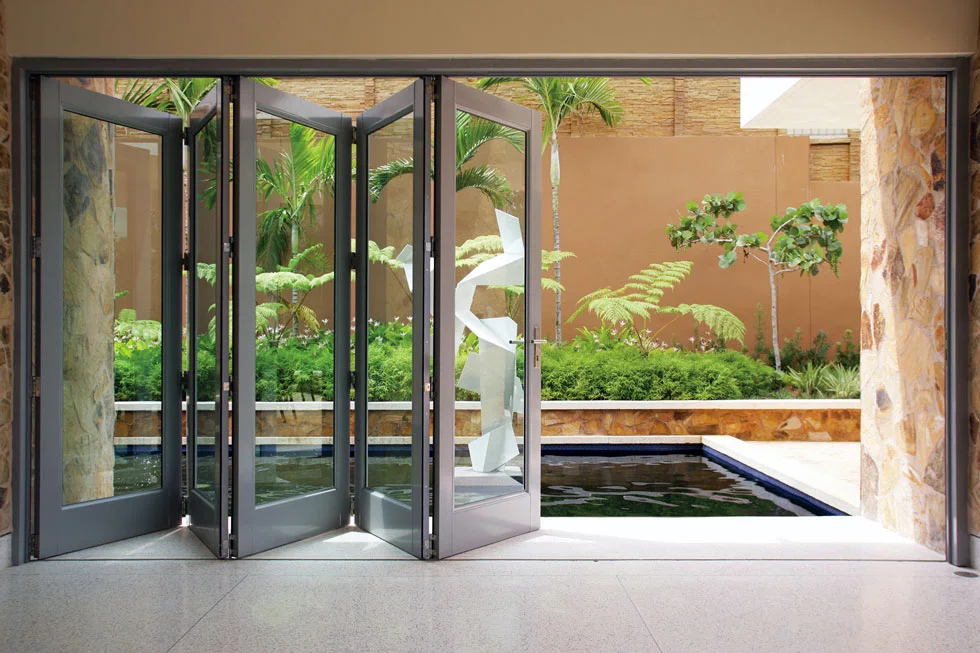
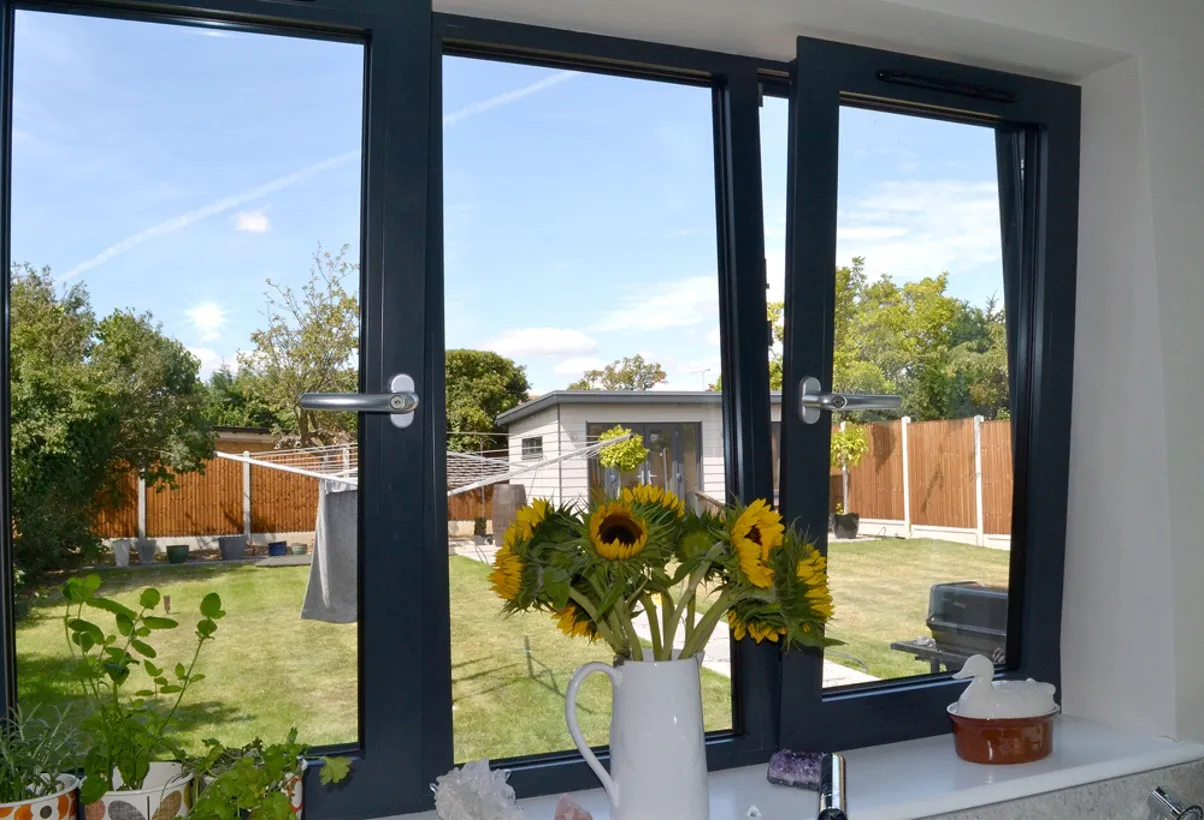
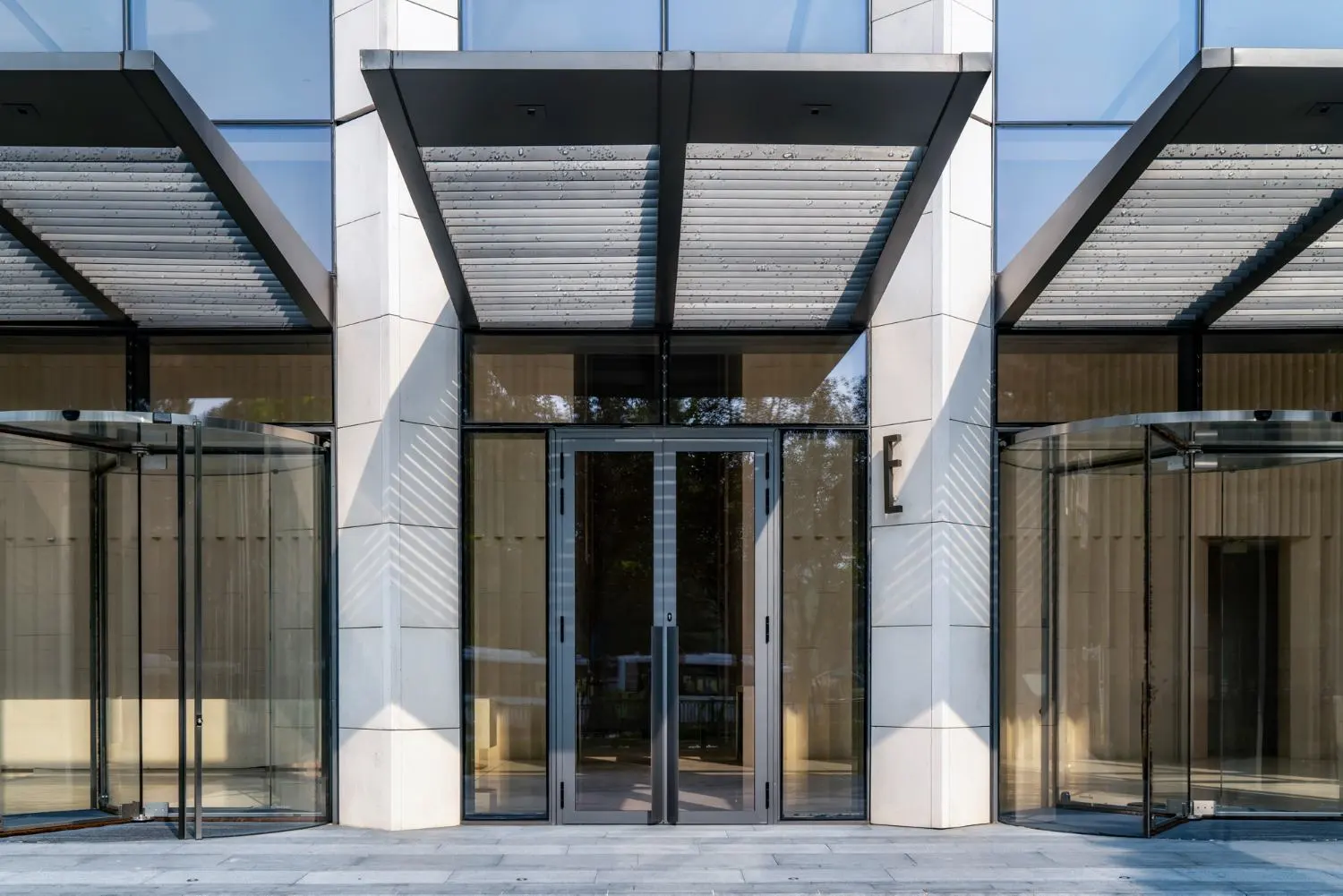


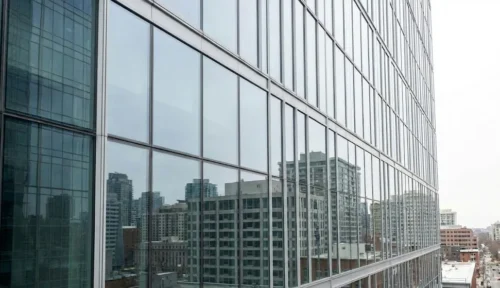

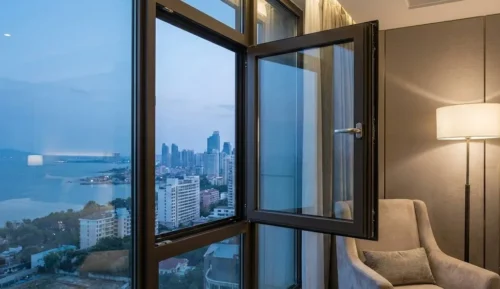
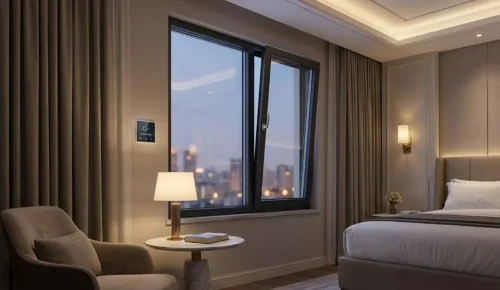
![gray door with silver handle sign that says no - Are Aluminum Doors Better Than Upvc? [December 2025] - APRO gray door with silver handle sign that says no](https://aprowin.com/wp-content/uploads/2024/09/gray-door-with-silver-handle-sign-that-says-no-500x280.webp)
![Sliding glass doors opening to a poolside view in a living room - How Much Does a Door Cost? Door Installation Guide [2025] - APRO Sliding glass doors opening to a poolside view in a living room](https://aprowin.com/wp-content/uploads/2024/11/Sliding-glass-doors-opening-to-a-poolside-view-in-a-living-room-500x328.webp)
